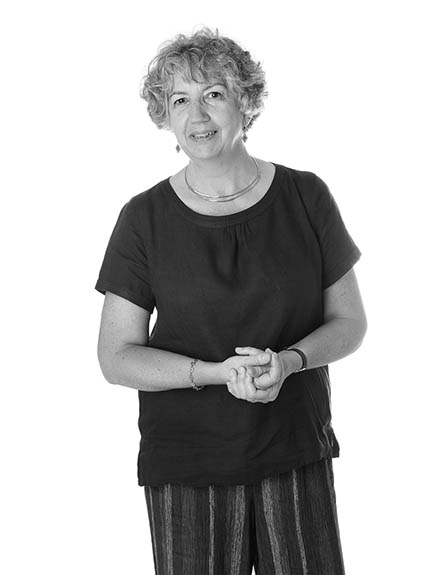| marie-hélène le ny |
|
photographist |

|
“I
saw posters about an ocean atmosphere course in the university's corridors.
It was wonderful to discover that I was going to be able to work
on geophysical fluids and combine by love of the ocean and the
atmosphere with a research profession. As part of the international
TOGA programme, my team studied the functioning of El Nino. This
heighted my awareness of the relationship between the ocean and
the atmosphere and I became interested in the impact of the world's
oceans on climate in general. Making these two fluids interact
is complicated since they operate on very different time scales
and only come together on a large scale in the tropics ... The
atmosphere is a fast fluid that has little memory and transmits
information quickly from one side of the planet to the other.
The ocean, on the other hand, is very slow. It stores information
at its depths which it is able to bring back to the surface five
hundred to a thousand years later.
The evolution of climate change has resulted in a lot of research. Through digital modelling, we have conducted experiments whereby we have introduced increased levels of greenhouse gases and other components linked to human activity and then experiments where these gases were not present. This allocation work has enabled us to highlight that rising temperatures on our planet is in fact linked to human activities, accelerating the melting of polar icecaps and warming the oceans. To move forward with climate prediction, we are taking inspiration from weather forecasting – forecasting that results from a statistical analysis of all trajectories followed by models based on this. Seasonal forecasts use global ocean/atmosphere models. These are extremely useful at low latitudes, e.g. for the El Nino phenomenon, but at our latitudes the results are still too unreliable.” |
||
|
Pascale Delecluse Assistant Director of Research at Météo France |
|||
|
|
|
|